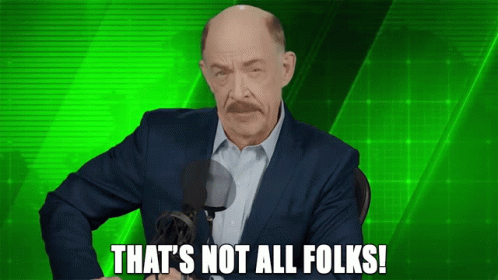Mastering Project Clarity: The Power of the RACI Matrix
Clear roles and ownership can save your team from confusion, delays, and finger-pointing
Let me start with a confession.
In one of my previous projects, I used to think project chaos was just part of the job. You know the vibe — people stepping on each other's toes, endless Slack threads trying to figure out who was supposed to do what, decisions made in meetings that no one remembered a week later. At some point, you just accept it as the cost of doing cross-functional work, right?
Wrong. That's just lazy leadership.
The more projects I led — across teams big and small, from product rewrites to data platform migrations — the more obvious it became: projects don't fall apart because of bad tech. They fall apart because of bad clarity.
And I don't mean "bad Jira grooming" or "a lack of alignment on deliverables" (although, yeah, those suck too). I mean fundamental confusion about who owns what. Who makes the call? Who's doing the actual work? Who gets a say — and who just needs to be updated once it's done?
If you've ever ended a week thinking, "wait, I thought you were doing that", you've already felt the consequences of ignoring this.
Which brings me to the most boringly named, wildly underrated tool I know: the RACI Matrix.
What the Heck is a RACI Matrix?
Technically RACI stands for Responsible, Accountable, Consulted, Informed. You've probably seen that somewhere before — maybe in a boring slide deck, maybe in a textbook you ignored.
It's like a contract that the project team makes with itself to ensure that every task has its rightful owner and everyone knows their part in the grand scheme of things.
But here's what it means in real life.
Imagine your project is a band.
The Responsible folks are the ones actually playing the instruments. They're the ones up late, fixing bugs, writing queries, designing mockups — whatever it takes. Without them, there's no music.
The Accountable one is the producer. They're not playing every instrument, but they're making sure the record actually ships. They own the outcome. They take the blame if it sucks — or the credit if it slaps.
The Consulted are like the studio musicians or trusted friends who give you honest feedback during the recording. You want their input. You value their ears. But they're not in the band.
And the Informed? That's your audience, your label, maybe your investors. They need to know what's going on, but they're not getting involved in the creative process.
And yes, one person or group can take on multiple roles within the project.
The RACI matrix is typically represented as a table with tasks or outcomes listed in the left column and individual people or groups involved in the process listed on top. The intersection of each task and person or group indicates their corresponding RACI role.
You're getting an exclusive preview of my latest article! Want to dive deeper? The full story is just a click away:







